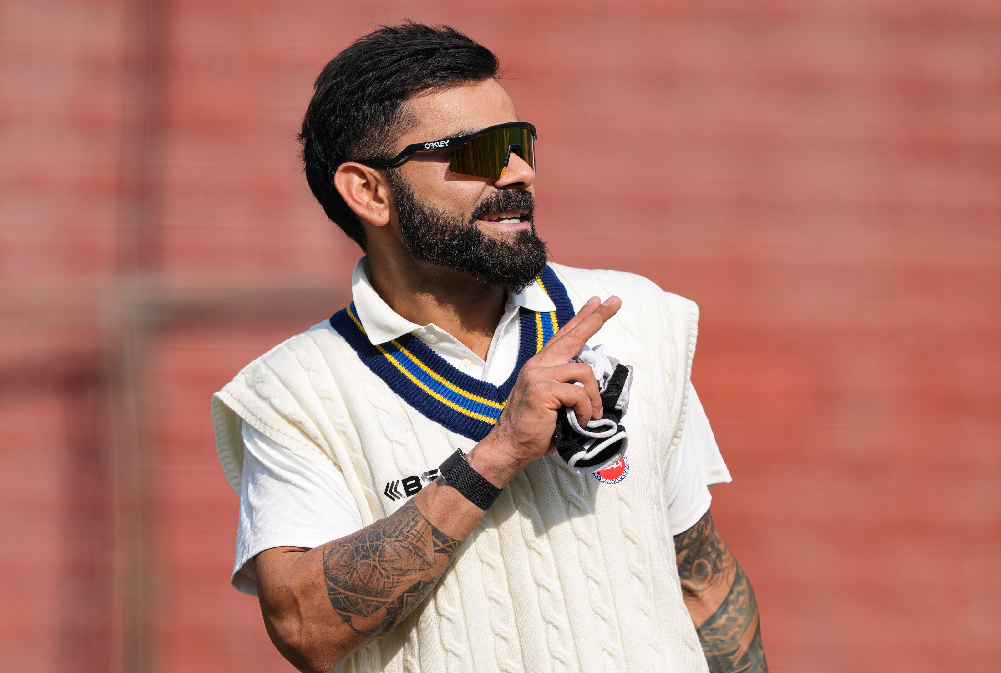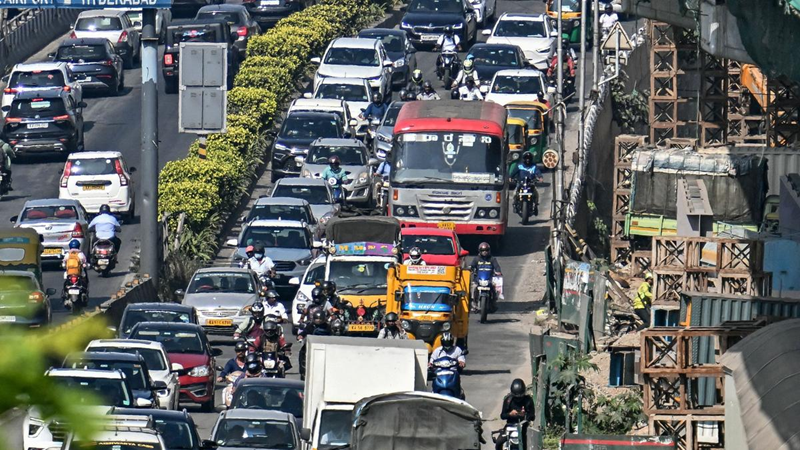
The Year That Was
As the sun sets on December 31, we would be looking back at a year that brought back the cheer on faces of Indians readying to relinquish the grim memories of two long years dominated by the Covid pandemic. However, the joy would also be short-lived as Russia invaded Ukraine on February 24, ostensibly to ‘demilitarise and denazify’ the country.
The conflict triggered the worst of its kind of fuel crisis in Europe with a looming shadow of recession. The warring nations are still in no mood to back off. Political fortunes waxed and waned for the political parties in India. The BJP retained its hold on the most populous state of Uttar Pradesh in March elections while registering a massive 7th time victory in Gujarat, the original base of the saffron party.
It came back to power in Uttarakhand and did not allow Goa to slip off its grip. The Aam Aadmi Party extended its sway beyond the capital by grabbing a second state i.e., Punjab and gaining a national party status by clinching a few wins in Gujarat. India’s oldest party, Indian National Congress began to show signs of revival by electing a new President Mallikarjuna Kharge and the leader from Nehru-Gandhi clan, Rahul Gandhi launching a 3,500 km Bharat Jodo Yatra.
The party’s victory in Himachal Pradesh Assembly election provided some evidence that the party is not over and still has scope and space in the Hindi belt. Two major states, Maharashtra and Bihar, witnessed changes in Governments. Eknath Shinde torpedoed the 30-month old Maha Vikas Aghadi government in Mumbai after a month-long drama of whisking away Shiv Sena MLAs. It culminated in the defecting camp allying with the BJP to install a reconfigured government at the Mantralaya.
Three months later Bihar chief minister Nitish felt no qualms of conscience in once leading his Janata Dal (United) flock to the opposite side and allying with bête noir Lalu Prasad Yadav’s Rashtriya Janata Dal to replace the BJP-JD(U) coalition in Patna. The Rashtrapati Bhavan had a new occupant in July as the 15th President of India. Droupadi Murmu, a tribal woman politician, was sworn into the office after a landslide win. Close on her heels, Jagadeep Dhankar, the redoubtable governor of West Bengal, was elected as the Vice President.
India lost its most notable artiste in the death of ‘The Melody Queen’ Lata Mangeshkar in early February while Queen Elizabeth’s death was the most notable exit from the world stage by a monarch who reigned for 70 years even while epitomizing grace and exuding exceptional majesty. Notable businessman Cyrus Pallonji Mistry died in a ghastly car crash while noted investor Rakesh Jhunjhunwala bid the world adieu at a young age of 62.
Doughty politician Mulayam Singh Yadav breathed his last after lording over UP politics for nearly four decades. Women in Iran rose in protest against the fundamentalist regime’s oppressive dress code following the death of Kurdish women Mahsa Amini in police custody. The regime was clearly rattled. But in the neighbouring Afghanistan, the Taliban firmed up their grip and declared that they would not brook any relaxation from their brutish ways.
Tiny Qatar measured upto Western standards by hosting the Fifa World Cup 2022 with a rare fanfare not expected of a third world nation. Nearly a third of Pakistan reeled under floods as climate-change played havoc. But COP27 did spark a ray of hope with a resolution to set up a ‘loss and damage’ fund to recompense the loss for developing countries hit by change.
Takeover of NDTV around the yearend by India’s largest corporate Adani Group caused anguish with regard to survival of media freedom in the country. The revival of the economy was the most cheerful piece of news as workers returned to workplaces, campuses went abuzz, businesses reclaimed clientele and nightlife in cities geared up to its past pace. One hopes the blues are finally over and the cries of joy will only get shriller.
 English daily published in Bengaluru & Doha
English daily published in Bengaluru & Doha






